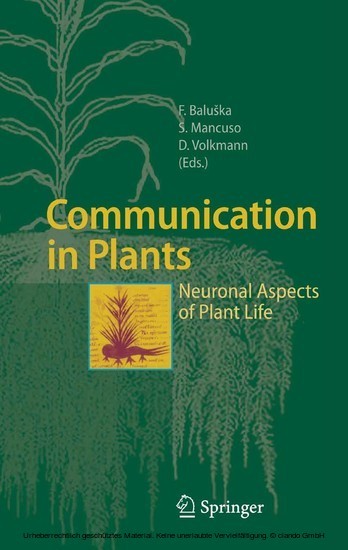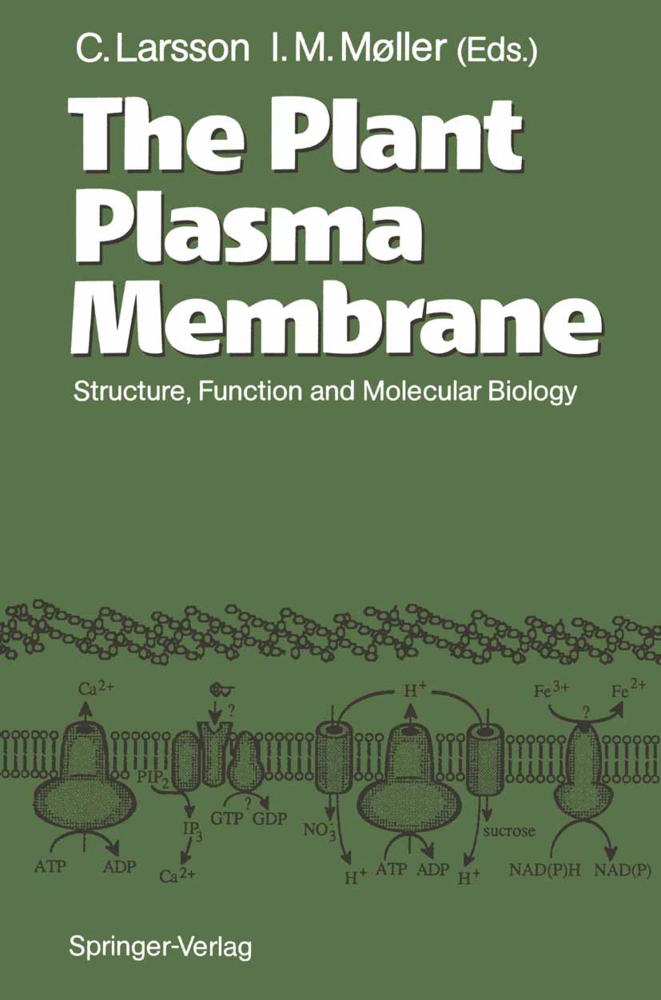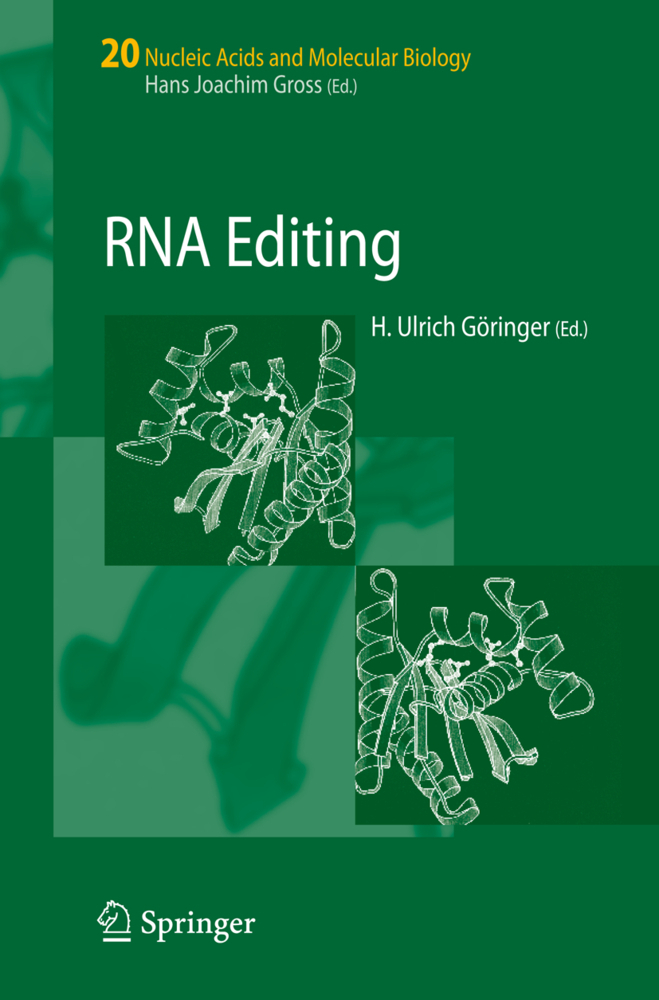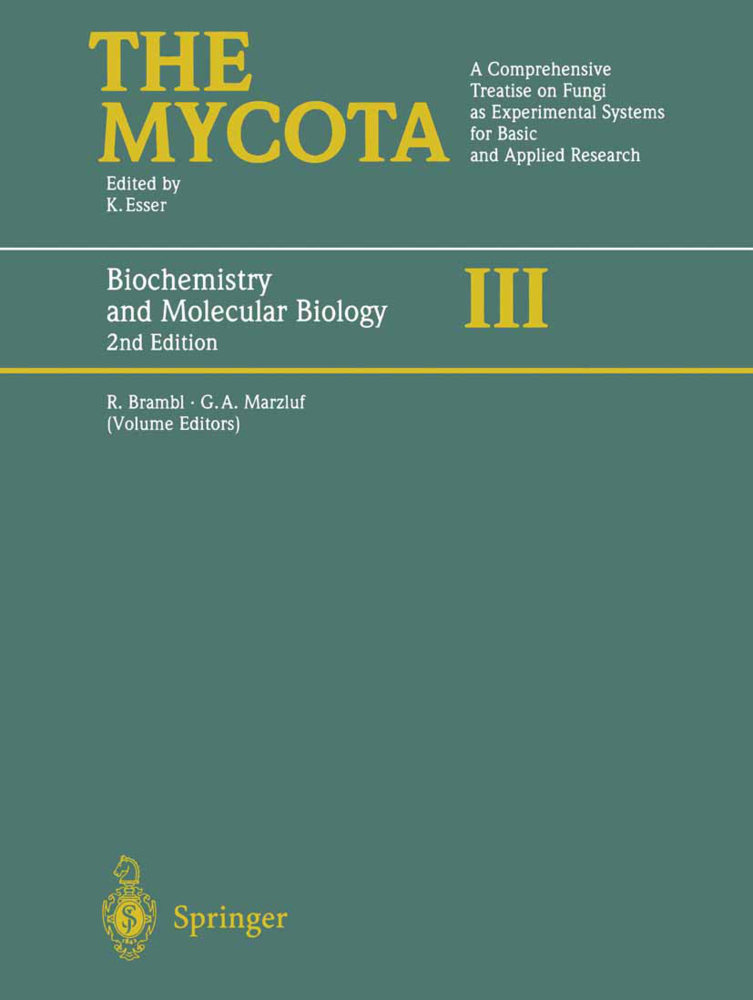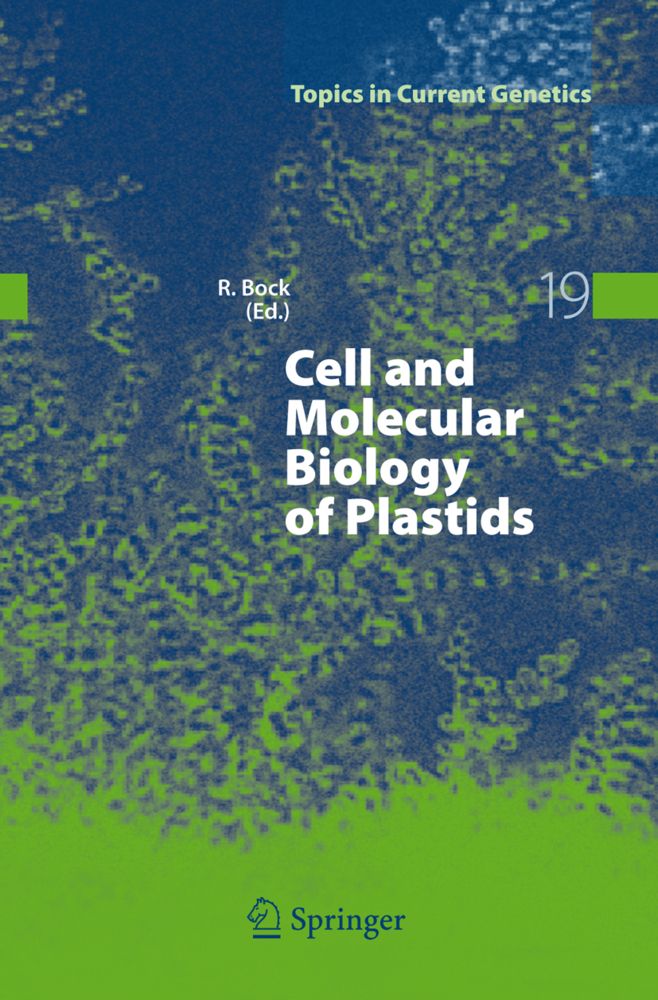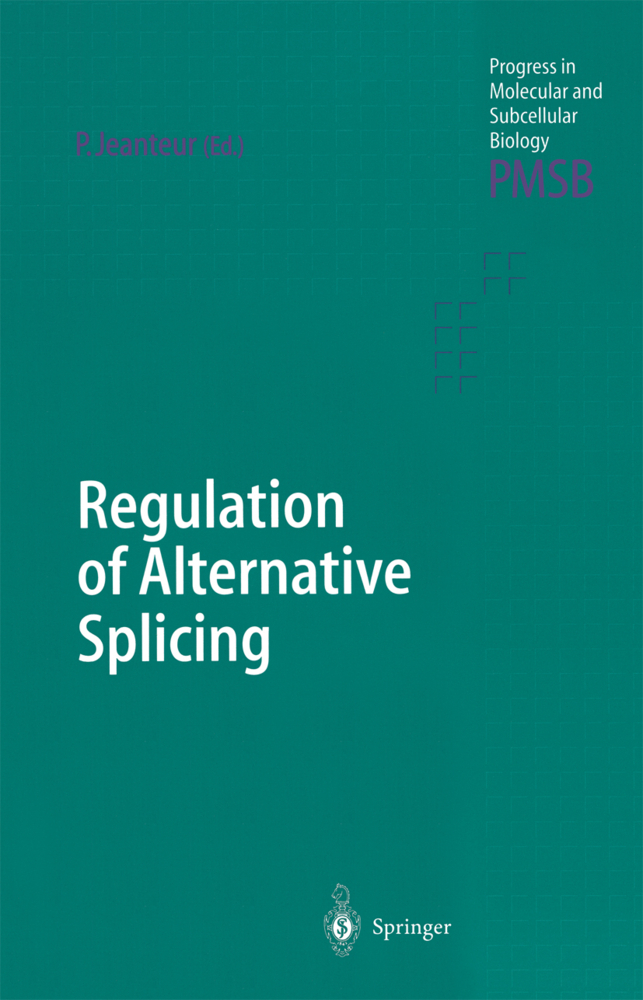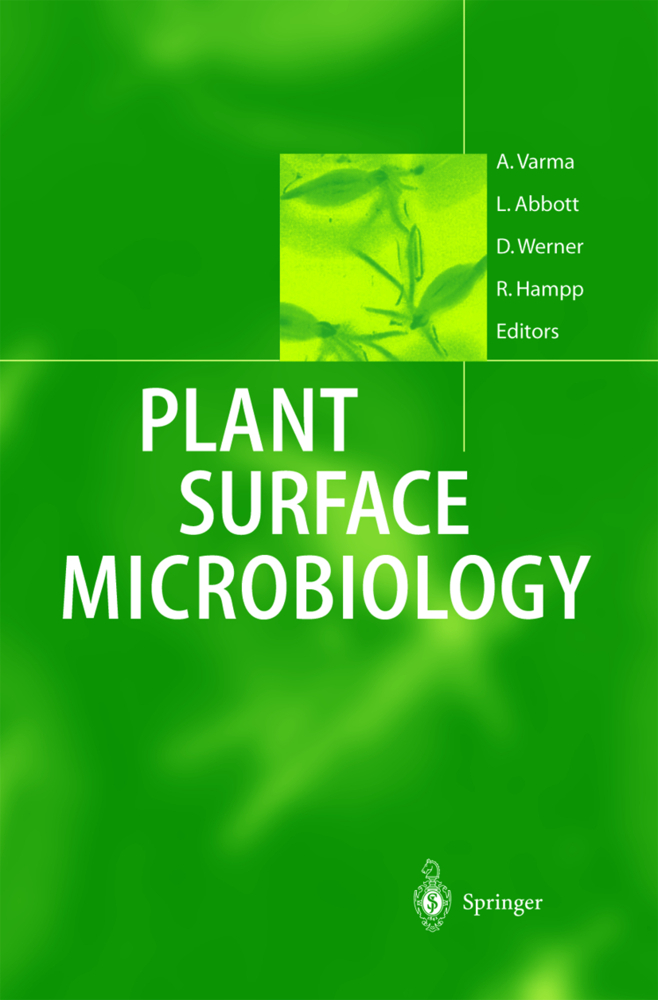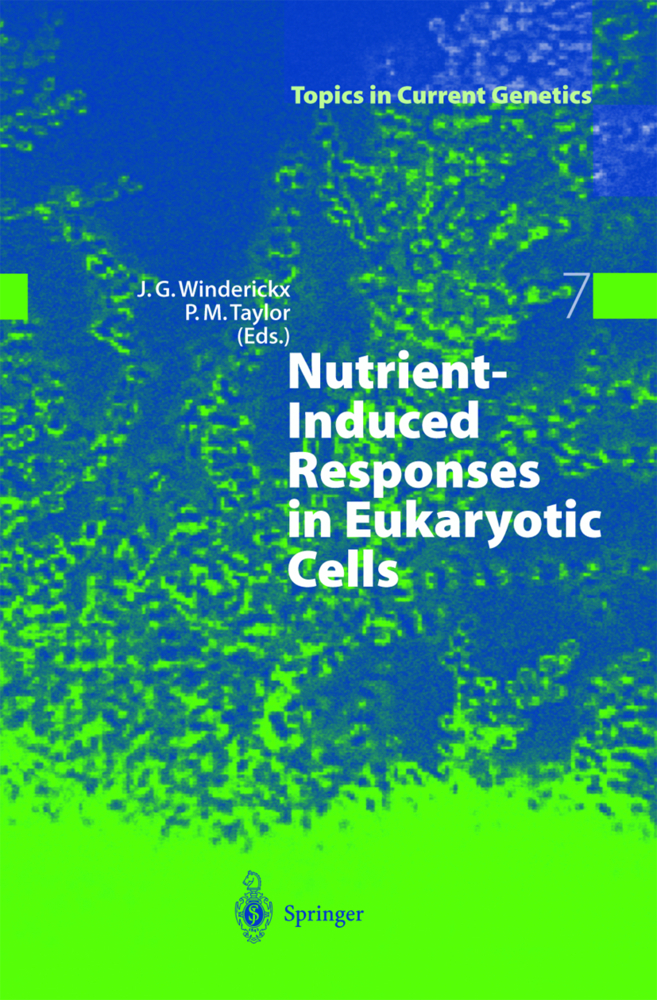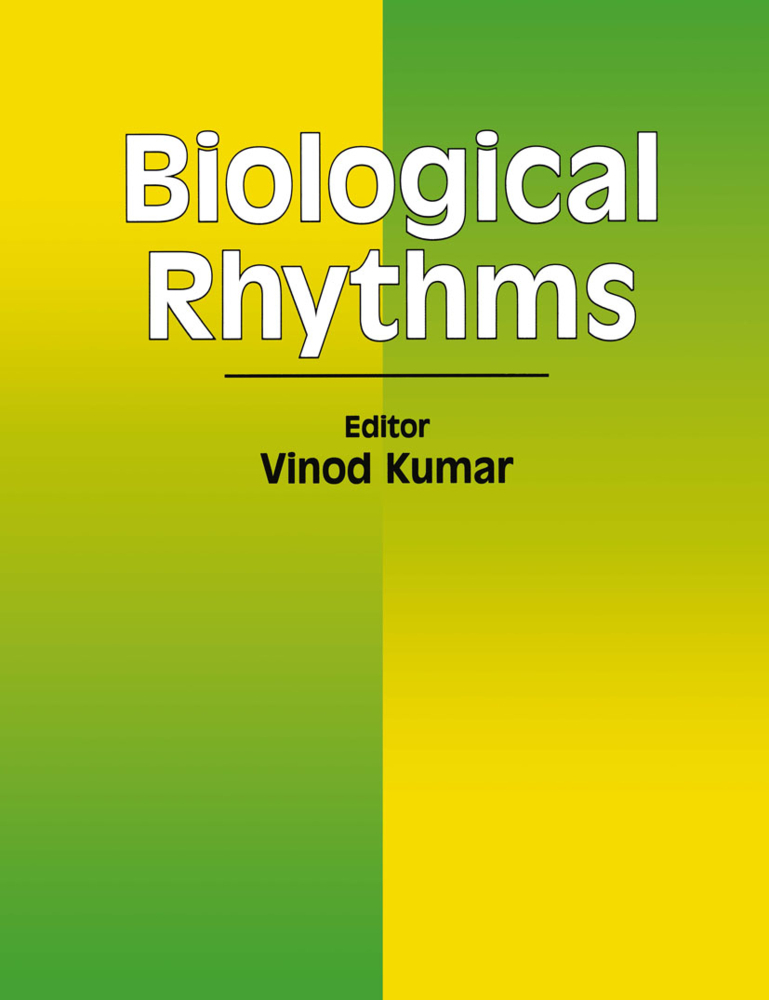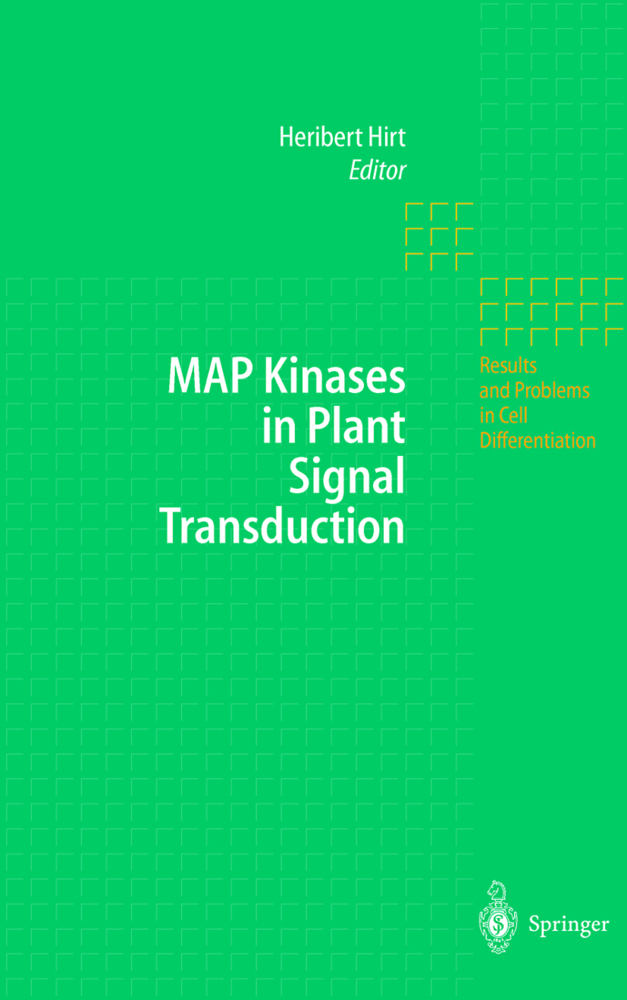Communication in Plants
Plant neurobiology is a newly emerging field of plant sciences. It covers signalling and communication at all levels of biological organization - from molecules up to ecological communities. In this book, plants are presented as intelligent and social organisms with complex forms of communication and information processing.
Authors from diverse backgrounds such as molecular and cellular biology, electrophysiology, as well as ecology treat the most important aspects of plant communication, including the plant immune system, abilities of plants to recognize self, signal transduction, receptors, plant neurotransmitters and plant neurophysiology. Further, plants are able to recognize the identity of herbivores and organize the defence responses accordingly. The similarities in animal and plant neuronal/immune systems are discussed too. All these hidden aspects of plant life and behaviour will stimulate further intense investigations in order to understand the communicative plants in their whole complexity.
1;Preface;5 1.1;References;8 2;Contents;10 3;Contributors;21 4;The Green Plant as an Intelligent Organism;28 4.1;1.1 Introduction;28 4.2;1.2 Intelligent Behaviour of Single Cells;31 4.3;1.3 Other Forms of Biological Intelligence;34 4.4;1.4 The Intelligence of Green Plants;35 4.5;1.5 Conclusions and Future Prospects;38 4.6;References;39 5;Neurobiological View of Plants and Their Body Plan;46 5.1;2.1 Introduction;47 5.2;2.2 Root Apex as the Anterior Pole of the Plant Body;48 5.3;2.3 Shoot Apex as the Posterior Pole of the Plant Body;50 5.4;2.4 Auxin as a Plant Neurotransmitter;51 5.5;2.5 Cellular End-Poles as Plant Synapses;51 5.6;2.6 Vascular Strands as Plant Neurons;52 5.7;2.7 Root Apices as "Brain-Like" Command Centres;54 5.8;2.8 Ancient Fungal-Like Nature of Roots;56 5.9;2.9 Conclusions and Future Prospects;58 5.10;References;58 6;Charles Darwin and the Plant Root Apex: Closing a Gap in Living Systems Theory as Applied to Plants;63 6.1;3.1 Introduction;63 6.2;3.2 The Advancing Root Front and Brain System;65 6.3;3.3 The Location of the Plant Root-Brain;65 6.4;3.4 The Anterior Root-Brain;69 6.5;3.5 Closing a Gap in Living Systems Theory;70 6.6;3.6 Conclusions and Future Prospects;73 6.7;References;75 7;How Can Plants Choose the Most Promising Organs?;78 7.1;4.1 Introduction: Developmental Selection of Branch Configurations;78 7.2;4.2 An Experimental Model Demonstrates Branch Competition;79 7.3;4.3 Mechanisms of Competition;85 7.4;4.4 Conclusions and Future Prospects;86 7.5;References;87 8;The Role of Root Apices in Shoot Growth Regulation: Support for Neurobiology at the Whole Plant Level?;89 8.1;5.1 Introduction;89 8.2;5.2 The Comparative Need for Rapid Neurobiological Activity in Animals and Plants;90 8.3;5.3 Plants That ManageWithout Roots, Root Apices and Vascular Tissues;91 8.4;5.4 Do Plant Shoot Responses to Environmental Stresses Require Rapid Root- to- Shoot Signaling?;93 8.5;5.5 Conclusions and Future Perspectives;96 8.6;References;96 9;Signals and Targets Triggered by Self- Incompatibility in Plants: Recognition of " Self " Can Be Deadly;98 9.1;6.1 Introduction;98 9.2;6.2 The Actin Cytoskeleton and Self-Incompatibility;101 9.3;6.3 Programmed Cell Death and Self-Incompatibility;107 9.4;6.4 Conclusions and Future Perspectives;110 9.5;References;112 10;Signal Perception and Transduction in Plant Innate Immunity;117 10.1;7.1 Introduction;117 10.2;7.2 PAMPs as Triggers of Nonplant Cultivar-Specific Innate Immune Responses;118 10.3;7.3 Plant Pattern Recognition Receptors Mediate PAMP Perception and Activation of Non- Cultivar- Specific Plant Defense;120 10.4;7.4 Pathogen Recognition in Host Cultivar-Specific Resistance;122 10.5;7.5 Intracellular Signal Transduction in Plant Innate Immunity;124 10.6;7.6 Conclusions and Future Prospects;126 10.7;References;126 11;Nitric Oxide Involvement in Incompatible Plant- Pathogen Interactions;132 11.1;8.1 Introduction;132 11.2;8.2 Activation of the Defense Response;133 11.3;8.3 NO Production During the Hypersensitive Disease Resistance Response;134 11.4;8.4 Experimental Approaches for Manipulation of Endogenous NO Levels;135 11.5;8.5 NO and Cell Death;136 11.6;8.6 NO Signaling in the Plant Defense Response;137 11.7;8.7 Systemic Acquired Resistance and NO;138 11.8;8.8 Conclusions and Future Prospects;139 11.9;References;140 12;From Cell Division to Organ Shape: Nitric Oxide Is Involved in Auxin- Mediated Root Development;143 12.1;9.1 Introduction;143 12.2;9.2 Nitric Oxide Mediates Auxin-Induced Lateral Root Development;147 12.3;9.3 Nitric Oxide Is Required for Adventitious Root Formation;149 12.4;9.4 Conclusions and Future Perspectives;153 12.5;References;153 13;Neurotransmitters, Neuroregulators and Neurotoxins in Plants;157 13.1;10.1 Neurotransmitters: Signaling Molecule in Plants?;157 13.2;10.2 Neuroregulators in Plants;162 13.3;10.3 Neurotoxins in Plants;164 13.4;10.4 Conclusions and Future Prospects;168 13.5;References;168 14;Amino Acid Transport in Plants and Transport of Neurotra
Baluska, Frantisek
Mancuso, Stefano
Volkmann, Dieter
| ISBN | 9783540285168 |
|---|---|
| Artikelnummer | 9783540285168 |
| Medientyp | E-Book - PDF |
| Copyrightjahr | 2007 |
| Verlag | Springer-Verlag |
| Umfang | 438 Seiten |
| Sprache | Englisch |
| Kopierschutz | Digitales Wasserzeichen |

